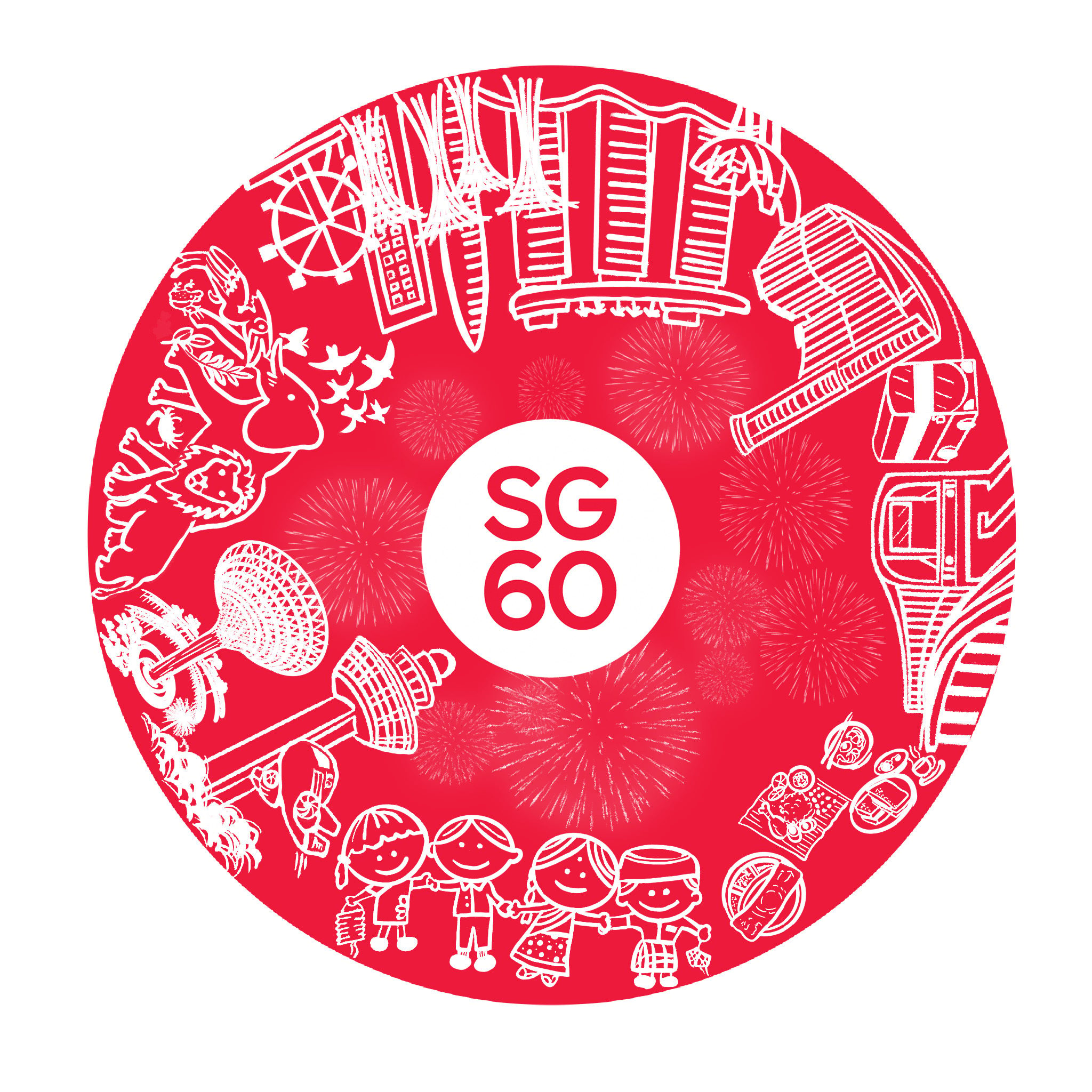
Singapore: Growing Up Together
HDB & SG (1965–2025)
Over the past six decades, Singapore’s Housing and Development Board (HDB) has transformed the nation’s urban and social fabric. From humble beginnings in the 1960s to today’s smart and sustainable townships, HDB has played a pivotal role in shaping how Singaporeans live, interact, and grow as a community. Each decade brought new priorities whether addressing housing shortages, fostering national identity, or embracing technological and demographic change.
As Singapore matured, so did the vision for public housing. HDB towns evolved from basic residential zones to vibrant, self-sufficient communities. These spaces now accommodate multiple generations, reflect diverse lifestyles, and serve as living testaments to the nation’s resilience, adaptability, and foresight in urban planning.











